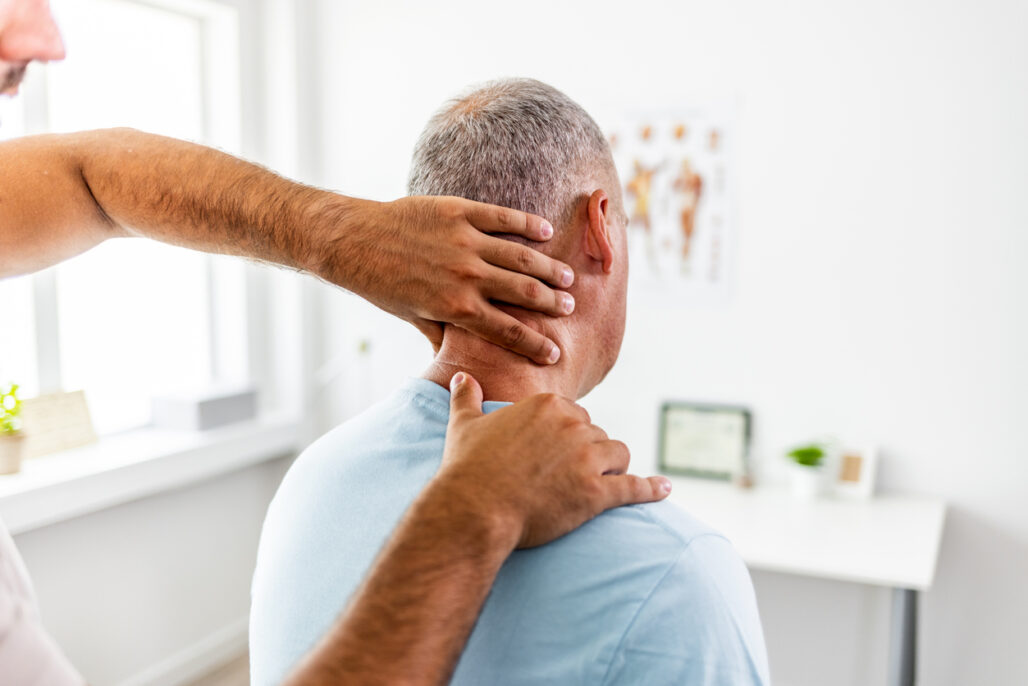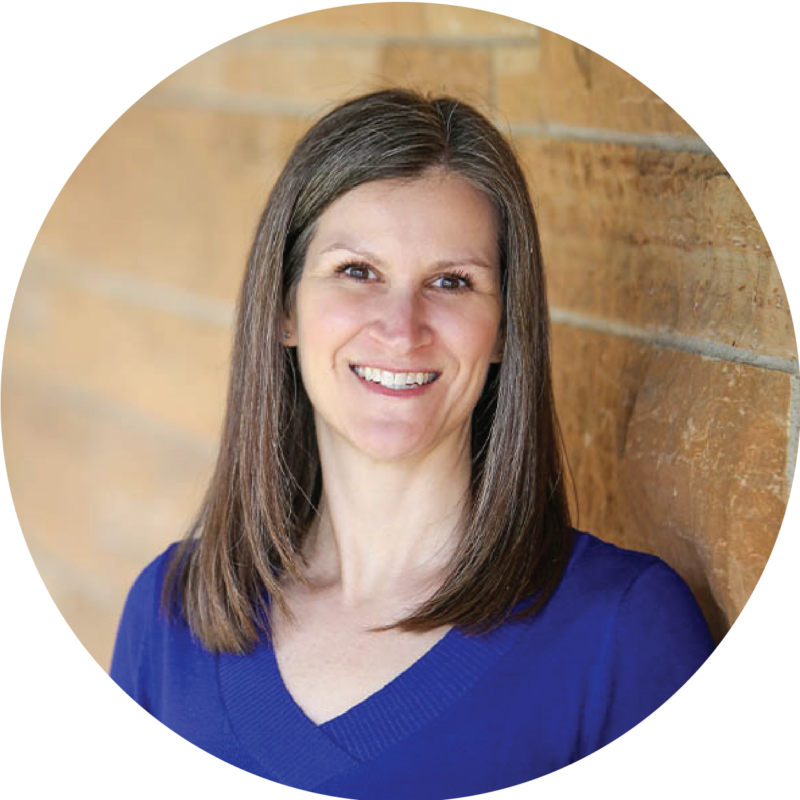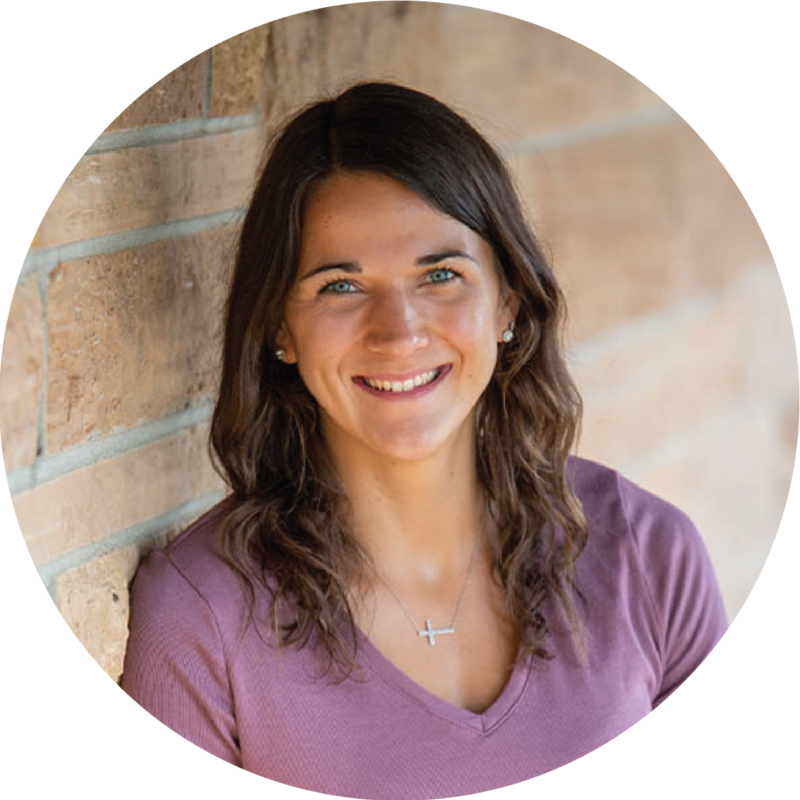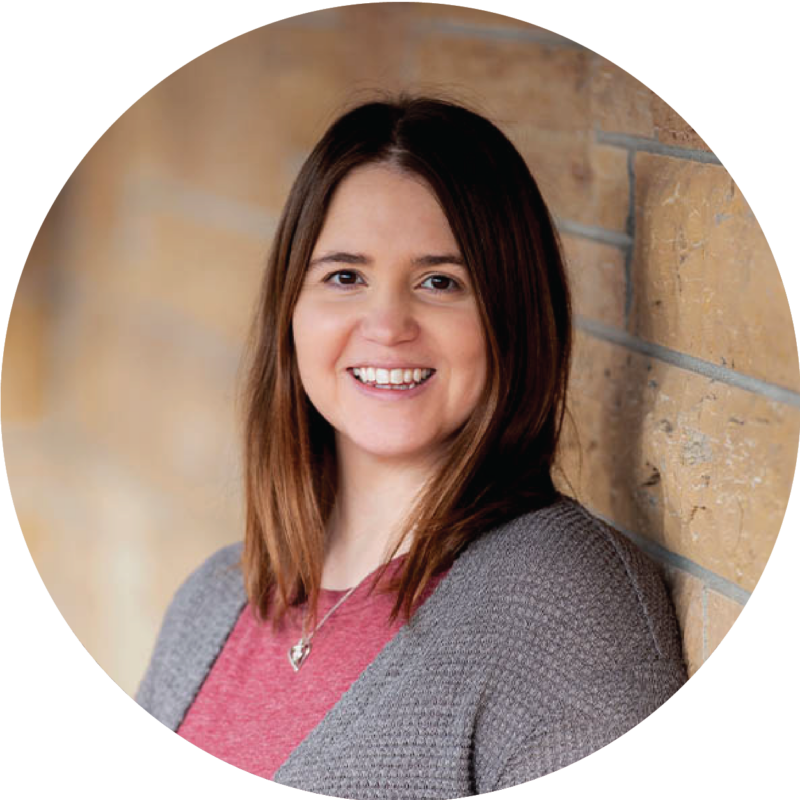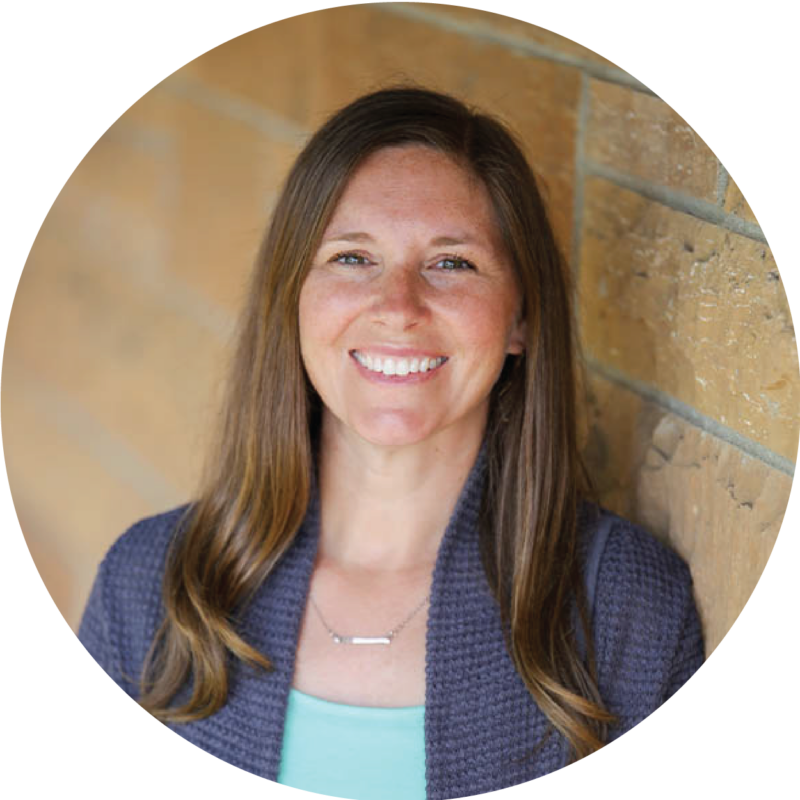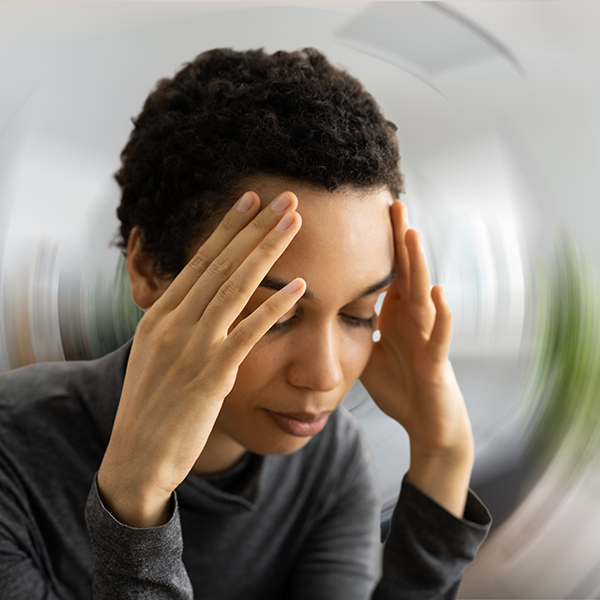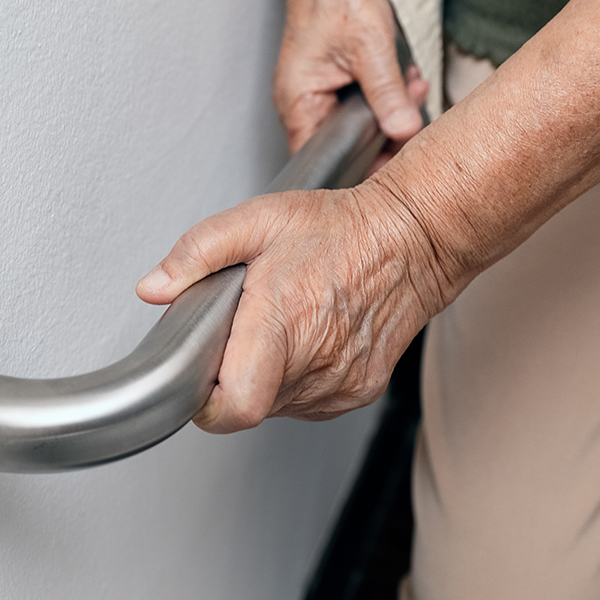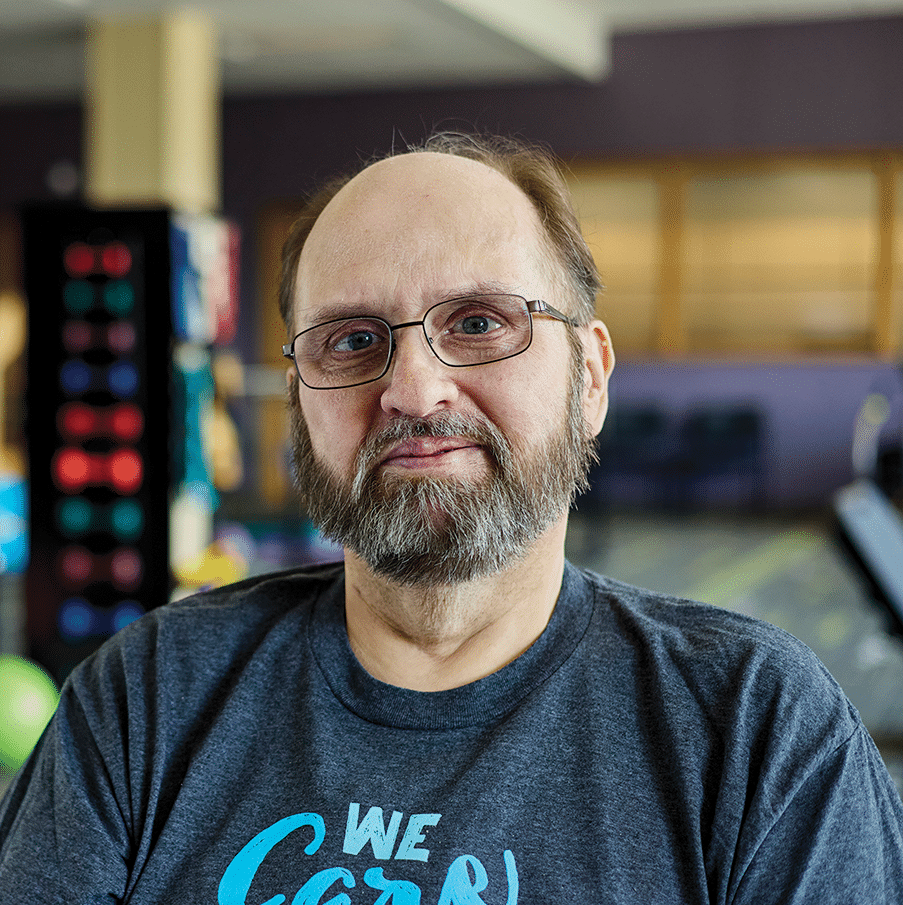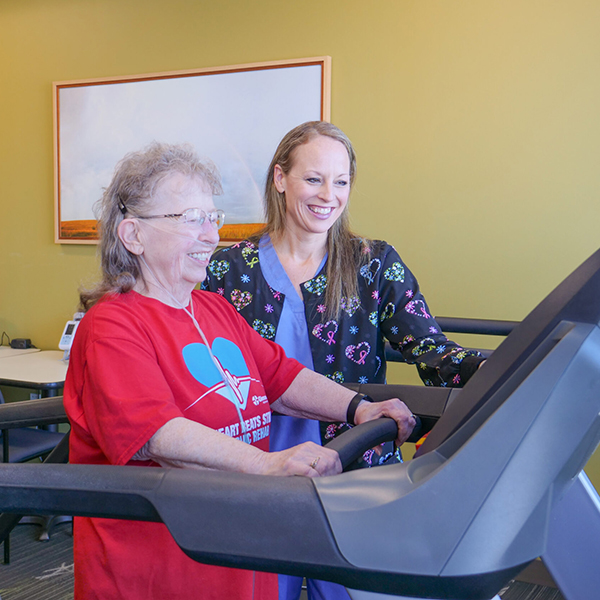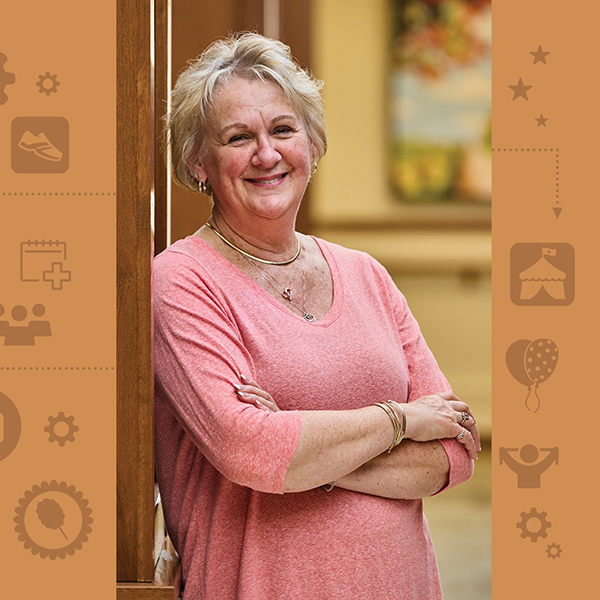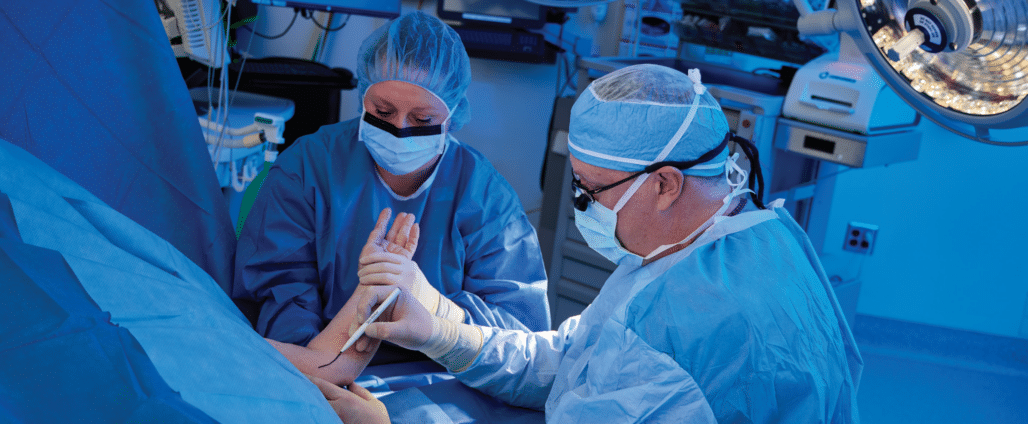There are many potential causes or medical reasons why a person might develop neck pain and/or headaches, including:
- Cervical stenosis
- Degenerative disc disease
- Herniated (bulging) discs
- Nerve compression
Irritated discs, angry nerves, an overactive nervous system, anxiety and stress, posture problems, poor muscle control, narrowing of nerve tunnels, and tightness in the vertebrae and ribs can also contribute to the development of neck pain, headaches, shoulder pain and tingling feelings in the arm, elbow and hand.
Who Can You See for Diagnosis and Treatment?
At Glencoe Regional Health, providers in our family medicine, internal medicine, and neurology departments can provide diagnosis and treatment for headaches and other medical conditions affecting the head, neck and upper extremities, or refer you to another medical professional as your condition requires. There are a variety of treatment approaches that may be appropriate for your specific diagnosis, including physical therapy, medications and surgical procedures.
How Can Physical Therapy Help?
The goal of physical therapy will depend on your symptoms and diagnosis. Common goals include:
- Decreasing pain with certain positions and activities
- Moving your head and shoulders without pain
- Exercising without pain
What Can You Expect During Physical Therapy?
At the first visit, your therapist will perform a thorough evaluation to assess how your nerves, muscles and skeleton function together and better understand how your headaches or neck pain affect your ability to perform daily tasks and activities. Next, your therapist will create an individualized treatment plan. He or she will discuss the treatment plan with you, including the number of treatment sessions and activities that will be included in future therapy sessions to reach your treatment goals.
Physical therapists use a number of different approaches to treat headaches and neck pain:
- Manual therapy is the skilled use of the therapist’s hands to reduce tension in the muscles, decrease pain and improve movement between the vertebrae and ribs.
- Neuromuscular re-education is used to improve muscle control, balance and how your body moves.
- Therapeutic exercise involves stretching, strengthening and home exercise programs.
- Movement control addresses posture and positioning during sitting, laying down, standing and lifting.
- Mechanical traction and electrical stimulation may be used to decrease pain.
Service Area
Our primary service area is McLeod County, Minnesota including: Biscay, Brownton, Glencoe, Hutchinson, Lester Prairie, Plato, Silver Lake, Stewart, and Winsted. We also service parts of Sibley County, including: Arlington, Gaylord, Green Isle, New Auburn, and Winthrop, as well as the western part of Carver County, including: Hamburg, Norwood, and Young America, and part of Renville County, including: Buffalo Lake.

